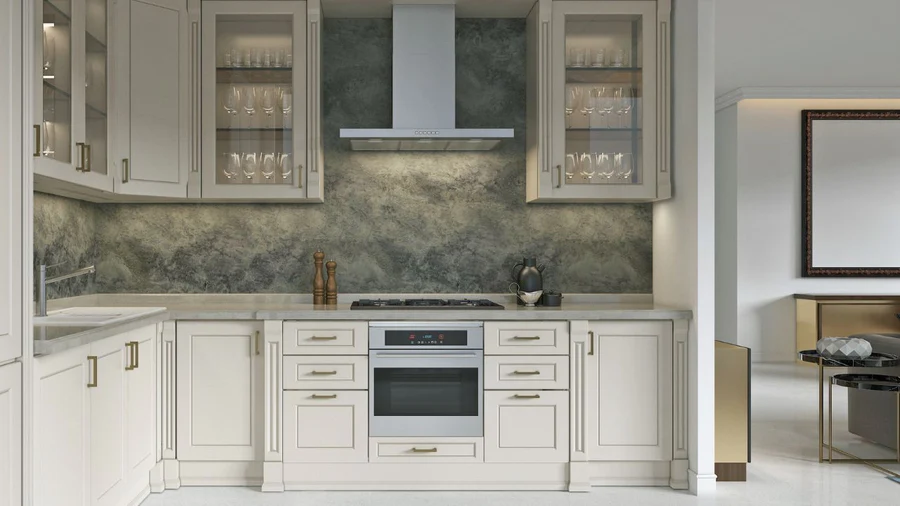What to Expect When Having a Built in Oven

Integrating a built in oven signifies a harmonious blend of functionality and style. The allure of this culinary appliance continues to captivate homeowners, offering a seamless combination of convenience and sophistication. So, explore the expectations and benefits of this innovative addition to your culinary space.
1. Assessing Kitchen Layout and Available Space
Before selecting an oven, it is crucial to assess your kitchen’s layout and available space. Measure the designated area where the stove will be installed, considering cabinet dimensions, wall space, and proximity to other appliances. This assessment will help determine the most suitable location for the oven within your kitchen layout.
2. Customizing Cabinetry to Fit the Built-in Oven
Wall units or cabinets often need to be customized to fit the oven. Working with a qualified carpenter or cabinetmaker at this stage guarantees a perfect fit and a smooth integration with the current kitchen fittings. Customization might entail changing wall units to fit the size and form of the oven, making a special oven enclosure, or modifying cabinet measurements.
3. Understanding How to Use Each Cooking Mode Effectively
Modern ovens often have various cooking modes and features to suit different culinary needs. Learn how to utilize each cooking mode to get the best results for your recipes.
4. Programming Settings and Adjusting Temperature and Cooking Time
A built in oven typically offers programmable settings for temperature, cooking time, and pre-set cooking programs. Learning to program these settings effectively is crucial in achieving precise and consistent cooking results. Adjust temperature and cooking time according to your recipe’s requirements and monitor the cooking progress as needed.
5. Cleaning Tips for the Interior and Exterior of the Oven
Regular cleaning is necessary for both oven look and operation. Find out how to clean your oven both inside and out according to the manufacturer. This may be doing away with stains, oil, and food residues without damaging the appliance by using non-abrasive cleaners, gentle detergents, and oven cleaning solutions.
6. Ensuring Even Heat Distribution for Consistent Cooking Results
These type of ovens are designed to provide even heat distribution throughout the oven cavity, ensuring consistent cooking results. To achieve this, pay attention to proper rack placement and use of convection fans, if available. Distribute food items evenly within the oven and avoid overcrowding to allow for adequate airflow and heat circulation.
7. Understanding the Oven’s Capacity and Limitations
Take note of your oven’s capacity and limitations regarding the size and type of cookware that can be used. Overcrowding the stove or using oversized cookware may impede airflow and affect cooking performance. Refer to the oven’s user manual for guidance on load limits and recommended cookware sizes to ensure optimal cooking conditions.
The Takeaway
Incorporating a built in oven into your kitchen opens up a realm of possibilities, from streamlined aesthetics to enhanced cooking experiences. With its seamless integration, advanced features, and user-friendly interface, the oven will be a hallmark of modern kitchen design in 2024, promising both convenience and culinary excellence.







